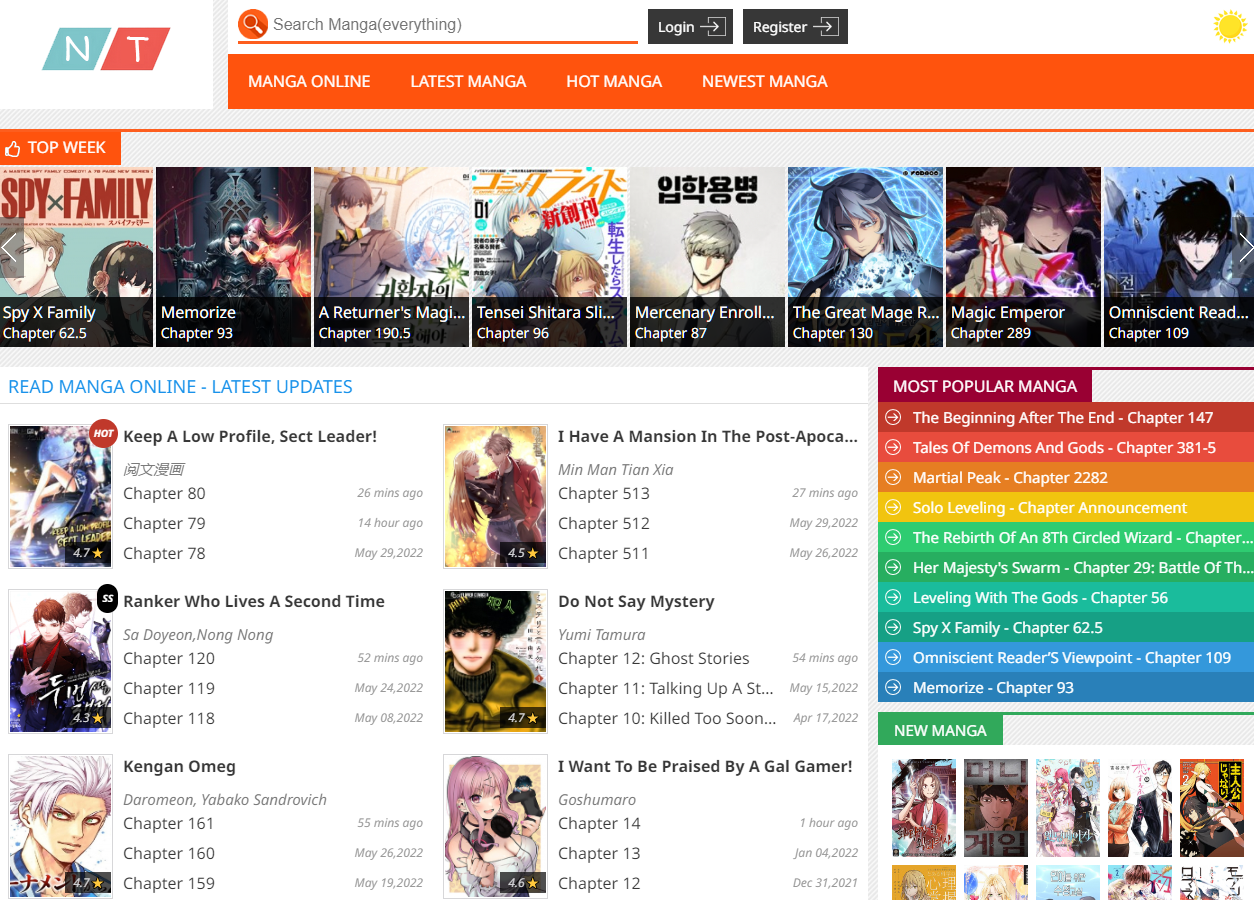🌟 Dịch Vụ Chất Lượng Cao 🌟
✓ 301 Redirect: Chuyển hướng domain an toàn, giữ nguyên giá trị SEO
✓ Guest Post: Đăng bài chất lượng trên các website uy tín
✓ Hỗ trợ tư vấn 24/7
✓ Báo giá cạnh tranh
✓ Thời gian xử lý nhanh chóng
📱 Liên hệ ngay qua Telegram: @subdomaingov
⚡ Hỗ trợ tư vấn miễn phí
Fukushū Papa ~ Ijime Ribenjā ~
₫5.737.684
Read đăng nhập mb66 - Free: Start Your Adventure Now
Product description
A Deep Dive into Manga Summary Jounetsu No Young Man - Unraveling the Passion Behind the Story
Manga summary Jounetsu No Young Man offers an intriguing glimpse into a narrative that blends passion, ambition, and the challenges of youth. With its captivating characters and engaging plot twists, the manga has garnered a dedicated fan base eager to explore the depths of its storyline.
Understanding the Central Themes in Jounetsu No Young Man
To fully appreciate Jounetsu No Young Man, one must delve into the central themes that fuel the narrative. The manga serves as a reflection on the human experience, weaving together elements of determination, struggle, and personal growth.
The Pursuit of Passion
At the heart of Jounetsu No Young Man lies the pursuit of passion. The protagonist embarks on a quest to discover their true calling in life, representing the universal quest for purpose. This theme resonates with readers, as many can relate to the journey of self-discovery.
The author skillfully illustrates this pursuit by showcasing various trials and tribulations that the main character faces. Each challenge not only tests their resolve but also propels them toward greater self-awareness. The story emphasizes that passion is not merely about finding what you love; it's about overcoming obstacles and persevering despite setbacks.
Additionally, the manga portrays the significance of mentorship. As the protagonist navigates their path, they encounter mentors who guide them through difficult times. These relationships underscore the importance of support systems in pursuing one's dreams, reinforcing that no journey is meant to be traveled alone.
Overcoming Adversity
Another prominent theme in Jounetsu No Young Man is the concept of overcoming adversity. The protagonist's journey is fraught with challenges that threaten to derail their ambitions. From external pressures to internal doubts, the struggles depicted in the manga mirror those faced by young adults in real life.
The narrative powerfully illustrates the idea that failure is an integral part of growth. Each setback experienced by the protagonist serves as a lesson, offering insights that contribute to their development. Through these experiences, readers are reminded that resilience is key to achieving one's goals.
Moreover, the portrayal of failure shapes the story’s emotional depth. By embracing vulnerability, the protagonist becomes more relatable, allowing readers to empathize with their plight. This connection fosters a deeper appreciation for the character's eventual triumphs, making every victory feel earned and significant.
The Importance of Community
Jounetsu No Young Man also highlights the importance of community and relationships. The protagonist's journey cannot be separated from the influence of friends, family, and peers who play vital roles in shaping their experiences. The manga captures the essence of collaboration and camaraderie, emphasizing that shared experiences enhance personal growth.
Relationships within the story serve multiple purposes: they provide emotional support, create moments of joy, and present opportunities for conflict. The dynamics between characters enrich the plot, demonstrating how interconnected lives can lead to both inspiration and confrontation.
Community in the manga is not limited to positive interactions; it also delves into the complexities of interpersonal relationships. Characters face misunderstandings and conflicts that challenge their bonds, illustrating that meaningful relationships require effort and understanding. This nuanced portrayal adds depth to the narrative, urging readers to reflect on their own connections.
Character Development in Jounetsu No Young Man
Character development is a crucial aspect of any compelling story, and Jounetsu No Young Man excels in creating multidimensional characters that evolve throughout the narrative. The richness of the characters enhances the overall reading experience, allowing audiences to become invested in their journeys.
The Protagonist’s Growth Arc
The protagonist serves as the focal point of Jounetsu No Young Man, and their growth arc is intricately woven into the fabric of the story. Initially introduced as a passionate but naive individual, the character undergoes significant transformation as they confront various obstacles.
As the plot unfolds, the protagonist grapples with fear, doubt, and uncertainty. These emotions are palpable and relatable, making their journey all the more engaging. Readers witness their evolution as they learn to navigate challenges and develop coping strategies, ultimately fostering a sense of empowerment.
One of the most compelling aspects of the protagonist's growth is the stark contrast between their beginning and the person they become. The journey instills a sense of resilience, teaching valuable lessons about perseverance, adaptability, and the importance of maintaining one's passion in the face of difficulties.
Supporting Characters and Their Impact
Supporting characters play an equally vital role in enhancing the narrative. Each character introduces unique perspectives and experiences that broaden the storyline's scope. Friends, mentors, and even rivals contribute to the protagonist's growth, illuminating different facets of the human experience.
For example, a rival character may serve as both a challenge and a motivator for the protagonist. Their competitive nature pushes the main character to strive harder, leading to personal breakthroughs. On the other hand, supportive friends embody encouragement, reminding the protagonist of the value of camaraderie.
Additionally, the interactions between supporting characters can create subplots that deepen the narrative. Conflicts and resolutions among these characters add layers to the story, enriching the reader's understanding of the broader themes at play.
In essence, the supporting cast complements the protagonist's journey, ensuring that the story remains dynamic and multifaceted.
The Role of Antagonism
Antagonistic forces in Jounetsu No Young Man serve as essential catalysts for the protagonist's development. Rather than simply portraying evil or negativity, the antagonists often embody challenges that compel the main character to confront their weaknesses and fears.
These antagonists can take various forms, whether they are individuals, societal expectations, or internal struggles. Each presents formidable barriers that test the protagonist's resolve, forcing them to adapt and grow. The encounters with antagonistic forces are pivotal turning points in the story, where lessons are learned and character strengths are revealed.
The complexity of these antagonists further enhances the narrative. Instead of being one-dimensional villains, many possess their motivations and backstories that add depth. This approach allows readers to understand the motivations behind their actions, making the conflicts more engaging and thought-provoking.
The Artistry Behind Jounetsu No Young Man
While the narrative of Jounetsu No Young Man captivates readers, the artistry behind the manga plays a crucial role in bringing the story to life. Visual storytelling complements the themes and character arcs, elevating the overall experience.
Visual Style and Techniques
The visual style of Jounetsu No Young Man is noteworthy for its dynamic artwork and attention to detail. The illustrations range from expressive character designs to breathtaking action sequences, immersing readers in the world of the manga.
Art techniques such as panel layout and pacing contribute to the storytelling rhythm. Moments of tension are accentuated through dynamic layouts, while quieter scenes are given space to breathe through less cluttered panels. This intentional use of visual language enhances emotional resonance, drawing readers deeper into the narrative.
Moreover, the color palette employed in the manga sets the tone for various scenes. Vibrant colors may accompany moments of joy or triumph, while muted tones reflect themes of struggle or introspection. This thoughtful approach to color amplifies the emotional impact of each scene, inviting readers to experience the protagonist's journey on a visceral level.
Symbolism and Imagery
Jounetsu No Young Man is rich in symbolism, utilizing imagery to convey deeper meanings. Certain objects, settings, or motifs recur throughout the story, serving as representations of the protagonist's inner thoughts and feelings.
For instance, specific locations may symbolize safety or sanctuary, providing refuge during turbulent times. In contrast, other settings might evoke feelings of isolation or confinement, mirroring the protagonist's internal struggles. The interplay between setting and emotion creates a layered narrative that encourages readers to explore subtext beyond surface-level storytelling.
Additionally, recurring symbols can serve as reminders of the protagonist's journey, reinforcing themes of growth and resilience. Whether explicitly mentioned or subtly hinted at, these symbols contribute to the richness of the narrative landscape.
Reader Engagement through Visuals
The artistry in Jounetsu No Young Man actively engages readers, inviting them to participate in the story. The combination of captivating visuals and well-crafted dialogue creates an immersive experience, prompting audiences to invest emotionally in the characters' journeys.
Artful cliffhangers and visually stunning moments amplify suspense, leaving readers eager to turn the page. The use of visual cues enhances emotional highs and lows, creating a rollercoaster experience that mirrors the protagonist's tumultuous path.
Ultimately, the artistry in Jounetsu No Young Man transcends mere illustration; it becomes an integral component of storytelling that resonates with audiences long after they have put the manga down.
FAQs
What is the primary focus of Jounetsu No Young Man?
The primary focus of Jounetsu No Young Man is the protagonist's journey of self-discovery and the pursuit of passion amidst adversity. The story explores themes of personal growth, resilience, and the significance of community.
How does character development play a role in the story?
Character development is central to the narrative, as the protagonist evolves through challenges and interactions with supporting characters. The growth arc showcases the protagonist's transformation and the impact of relationships on their journey.
Are there recurring themes in Jounetsu No Young Man?
Yes, recurring themes in Jounetsu No Young Man include the pursuit of passion, overcoming adversity, and the importance of community. These themes resonate deeply with readers, addressing universal experiences.
How does artistry enhance the storytelling experience?
The artistry in Jounetsu No Young Man complements the narrative by using dynamic visuals, symbolism, and imagery to elevate the emotional impact of the story. Engaging visuals draw readers into the plot and enhance their connection to the characters.
What makes Jounetsu No Young Man unique compared to other manga?
Jounetsu No Young Man stands out due to its nuanced exploration of themes related to youth, ambition, and resilience. The combination of well-developed characters and artistic flair creates a rich, immersive experience that resonates with readers on multiple levels.
Conclusion
Manga summary Jounetsu No Young Man invites readers on a profound journey rooted in passion, resilience, and the intricacies of human relationships. The carefully crafted narrative, combined with engaging character development and striking artistry, creates an immersive experience that lingers long after the last page is turned. Through its exploration of universal themes and the celebration of the human spirit, Jounetsu No Young Man leaves an indelible mark on the hearts of its audience, reminding us all of the passion that drives our own journeys in life.







